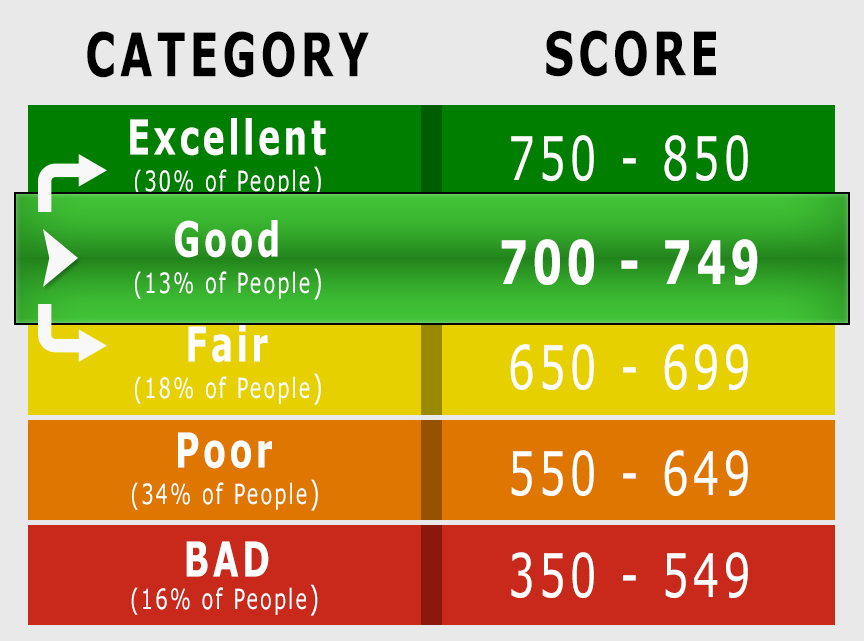
By Patrick Sochacki
A credit score can make or break a person’s future. Do you ever want to own a home or a new car? How about a credit card?
In America, and many other western countries, a low credit score will prevent you from doing those things. A low credit score can even bar you from some jobs.
The most widely used credit score — called a FICO score because it was created by the Fair Isaac Corporation — ranges from 300 to 850. A score above 670 is perceived by lenders as good, while 800 or higher is exceptional.
Although getting a credit score is easy, building it in a positive way is hard. According to Pew Research, for nearly 34% of students ages 18-29, a student loan is the first line of credit taken. These loans function like any other debt: pay it back on time and your score goes up. Miss payments, your score goes down.
The basics of a credit score are simple: Pay back your creditors on time, never miss a payment and don’t use too much of your credit at once.
What is a credit score made of, anyway?
Your credit score is a number that is determined by hard inquiries — also known as credit checks — total lines of credit, length of credit history, credit utilization, derogatory marks and delinquencies.
A hard inquiry will be the first thing that occurs on a credit report. This is done to determine what kind of history you have with credit, if any. Applying for a credit card, mortgage or loan will trigger a hard inquiry on your report. Too many hard inquiries equates to a negative impact on your score.
Total lines of credit means any credit cards, loans or debt of any kind that you currently owe on. More lines of credit means a higher credit limit, which means a higher credit score.
The length of your credit history is determined by your open lines of credit and the amount of time you’ve been using them for. The longer, the better.
Credit utilization is a bit trickier. This is determined by dividing your credit usage by your credit limit. The suggested credit usage is typically under 30% and is applied across all credit cards. Lower utilization is good for your score; 0% utilization is bad for it. You want companies to know you use the credit you have and that it will make them money if they give you an account.
Derogatory marks and delinquencies go hand-in-hand. They include things like late payments, accounts sent to collections, and bankruptcies. These things all affect your credit score negatively.
Starting a credit score, getting it into the 670-850 range and keeping it there should be a main goal while working toward personal financial fitness.



